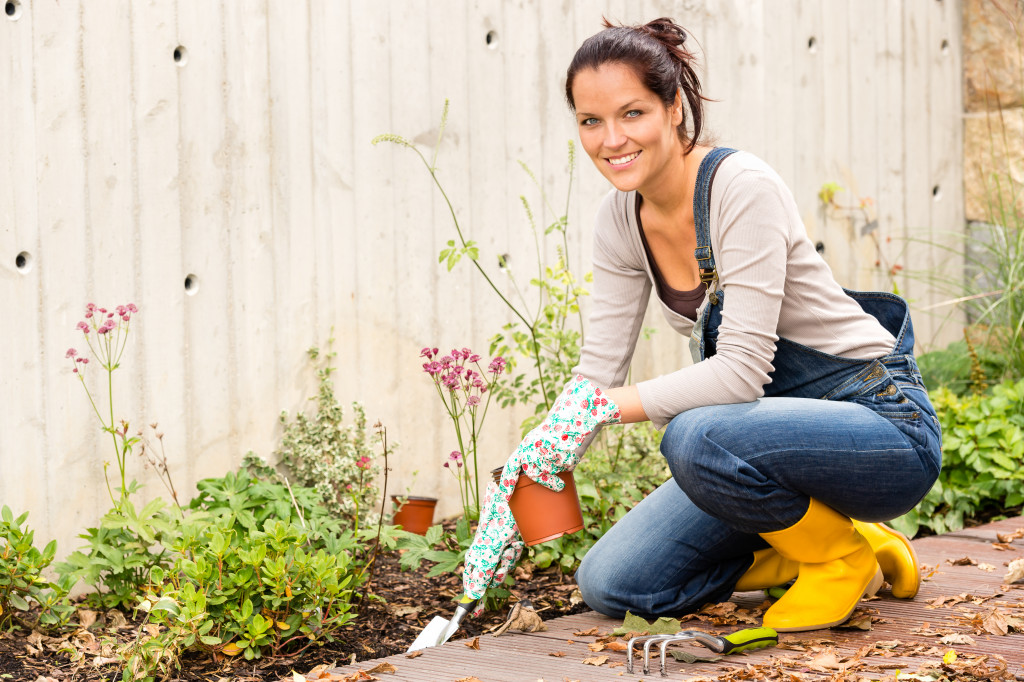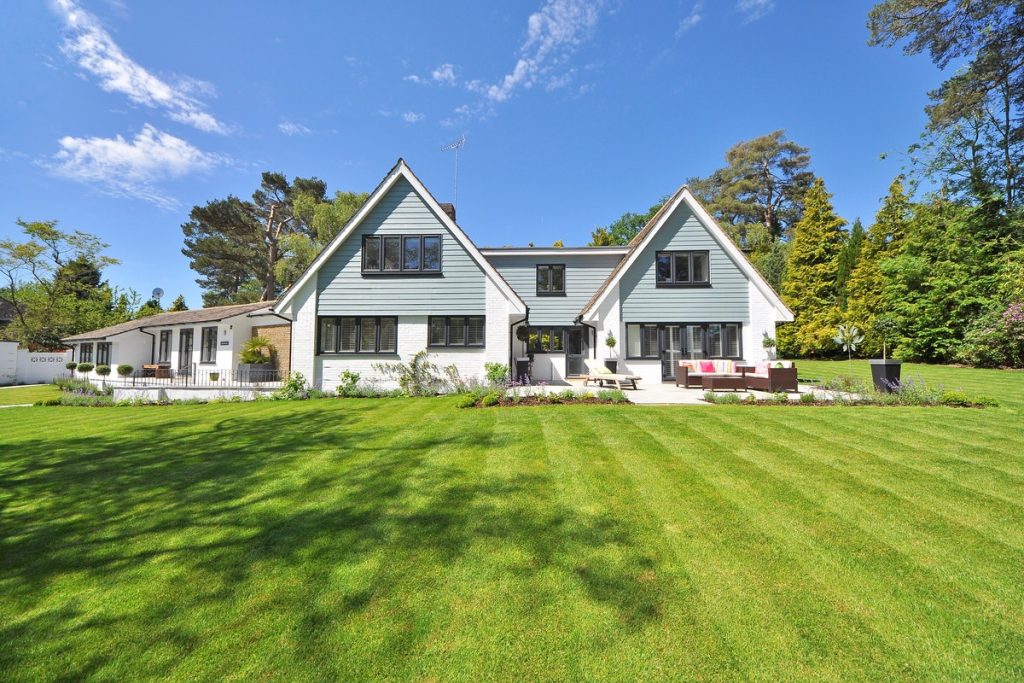Summers are growing more and more intense. Because of climate change, the average global temperature had increased year by year, and deadly heatwaves are becoming more common.
Australia has been annually breaking the hottest day ever. In January 2022, the country recorded 50.7 degrees Celsius (123.26 degrees Fahrenheit).
This, unfortunately, will become more common in the years to come.
People need to find ways to cope. In addition to home air conditioning, there are ways to create an environment that doesn’t exacerbate heat and even can lower temperatures during summer. Here are a few strategies to try.
Create More Shade
The most obvious and simple solution to heat is shade. Gardens should have more shaded areas to provide a cooling canopy.
There are many types of trees, each with its own unique benefits. But almost all trees can provide some shade during the summer. Fruit trees are great since they will also give you fresh fruit for the family to enjoy, too. Some fruit-bearing trees that can survive extremely hot temperatures include guava, dragon fruit, mango, and kumquat.
You may also consider adding vines to grow over trellises and pergolas. Vines like creeping fig, passionflower, honeysuckle, jasmine, and climbing roses are great options for trellises and pergolas. These structures, together with the vines, can create added shade.
Many houses already have functional outdoor spaces with shade by adding retractable canopies and carports. These contribute toward creating a cooler yard by deflecting the sunshine.
Encourage Air Circulation
Even when shaded, heat can still be amplified in small spaces. Placing outdoor furniture in open areas is helpful to encourage air circulation. It’s also better to be surrounded by open spaces to let the air flow around and cool the surroundings.
Instead of walls, fences that allow the passage of air are preferred. For living spaces such as porches and patios, an overhead fan keeps the air moving and helps cool the area.
Build A Water Feature
When it comes to cooling down during the summer, water offers more than one solution. If you have a pool, of course, this will be an excellent way to cool off.
However, if you are not fortunate enough to have your own pool or access to one constantly, why not create an alternative?
A pond or a small fountain can be donned as an excellent substitute. A pond also allows you to fill it with fresh water and let the fish swim within.
The key is to keep the water moving. A fountain or a small waterfall represents the best way to do this. As the water falls, it creates what is known as evaporative cooling. Water absorbs heat when vaporizing, which helps cool down everything nearby.
Less Concrete, More Grass
Concrete is very reflective and retains heat. If you have to use concrete, try to limit its usage or at least leave enough space for grass or other ground coverings.
It’s also important to consider the type of soil that will be underneath these outdoor living areas. Soil absorbs more heat than other surfaces, so it can contribute significantly toward increasing your area’s temperature. The best way to avoid this is by adding pebbles, mulch, or other materials on top of the original composition before laying down planters and potting soil.
Choose Light Colors to Reflect Heat
Light-colored roofs are great at reducing heat. They also create a cooler interior. Similarly, light colors on your outdoor spaces will help reflect away excess heat.
Painting the exterior of the house in lighter colors to provide better insulation is good for home cooling too. Even just painting it white to let more sunlight into rooms helps maintain air circulation and cools down the surroundings.
Plants, Plants, Plants

Plants are important for many reasons, but most importantly they bring life to an outdoor living space.
Adding greenery is one of the most effective ways to cool down any area. Some plants have cooling effects with their fragrances alone. These include certain lilies, gardenias, jasmine vines, and all types of mints. If you have fruit trees in your yard, note that the fruit helps cool down the surroundings as well.
Other flowers will brighten up your outdoor spaces without necessarily adding heat or humidity into the mix. They will also provide shade during the summer months. Examples include ferns, violets, begonias, chrysanthemums, morning glory, and hydrangeas.
For your borders, opt for annuals rather than perennials since they will provide you with a yearly breeze of fresh air instead of a permanent one. You can also add boxwood hedges around the house, so they form a wall surrounding the perimeter. This will help deflect heat and keep it from entering inside.
It’s possible to fight intense summer heat by creating outdoor spaces designed to cool its surroundings. Keep these tips in mind as you begin planning your outdoor living space.

